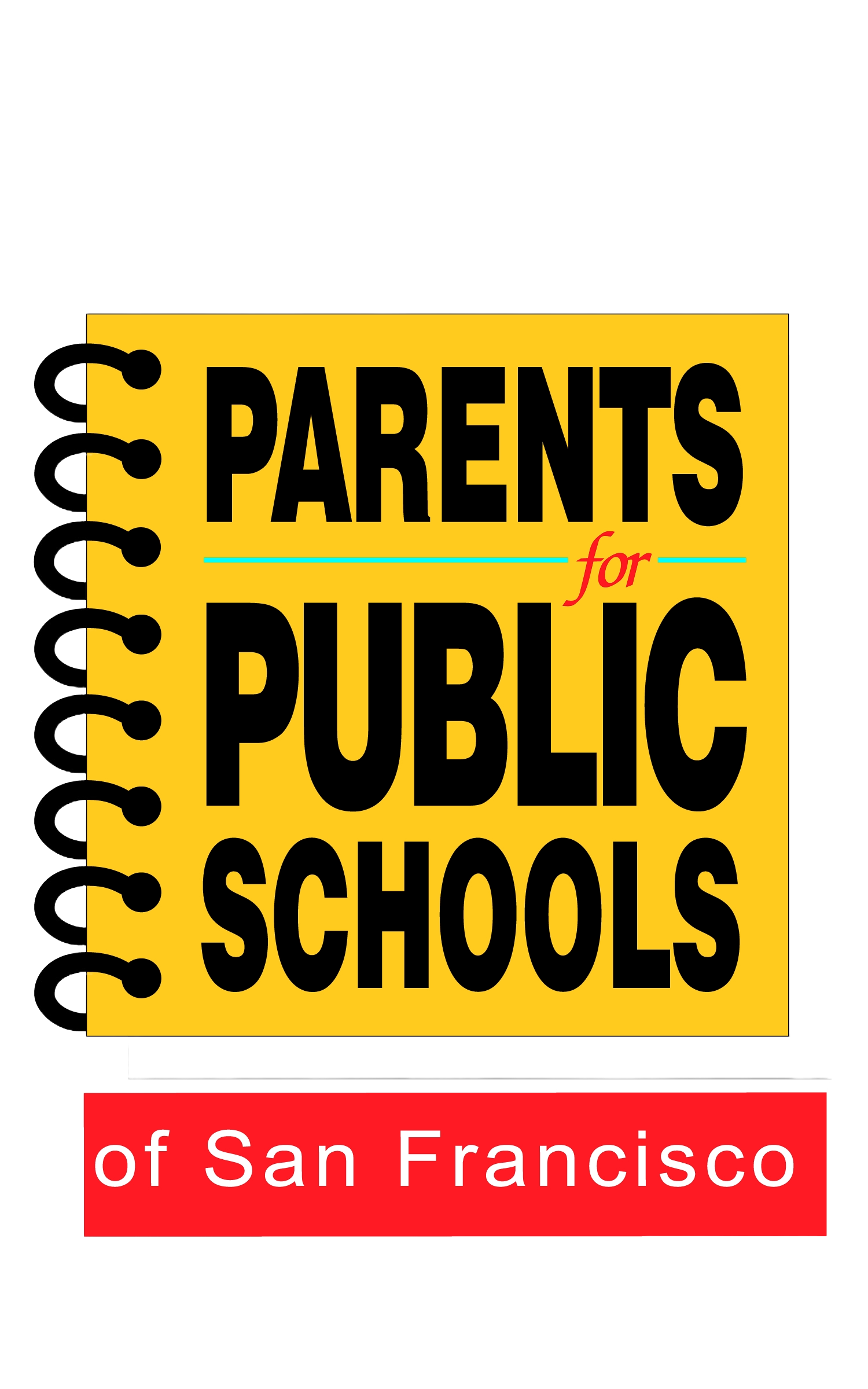SFUSD Budget Sees Slowing Growth and Growing Expenses
SF schools face looming deficits. District leaders prioritize closing achievement gaps and retaining quality teachers; seek input from families.
“We need to look internally to our processes. I don’t believe there will be any unexpected windfalls...”
The SFUSD Board of Education Budget and Business Services Committee met March 1, 2017, and heard from the district's CFO Reeta Madhavan and Executive Director of Budget Thu Cung about the district's predicted budget scenario over the next three years. The takeaway: expenses are outpacing revenues, even before factoring in clearly needed teacher salary increases.
Why deficits?
The biggest reasons deficits are growing relate to a slowing rate of state funding increases to K–12 education and yearly increases, required by the state of California, in the percentage of employee retirement benefits that school districts must pay. State funding will grow by 1.48% next year, while cost increases for retirement will grow by more than 1.6%, and costs for health and welfare benefits will grow by 2% (and that assumes no changes at the national level).
What does this mean for our schools?
Overall, individual school sites are receiving slight increases to their budgets this year, though depending on changes in enrollment and student demographics, it is possible that some schools will receive less. There also have been some changes in the formula SFUSD uses to determine what types of staffing support each school gets: such as social workers, literacy coaches, family liaisons, assistant principals, etc. Though an additional $300,000 will go toward these centrally-funded staff positions this year, some schools may receive more staff support this year and some may see positions reduced. Decisions are made looking at data to assess relative needs of school communities.
Tough decisions on the horizon
Though most schools won't see large cuts to their budgets this year, district leaders have made it clear that trade-offs will have to be made in coming years unless new sources of revenue are identified. All district departments have been asked to cut their budgets by 3% this year. Other cost-saving measures being discussed include scaling back existing programs, holding off on new initiatives, and redeploying administrative staff who have teaching credentials to the classroom to fill existing vacancies. The March 1 budget committee presentation noted that, while not imminent, in coming years it may also be necessary to look at consolidating or closing under-enrolled schools.
What can families do?
Thinking about cuts is never fun. But we have been here before and seen SFUSD, our City, and our families rise to the occasion and make sure our schools and students get the supports they need. What we can do is stay informed, stay engaged, and advocate, advocate, advocate!
- Take part in your school's community meeting about your budget and priorities. Every school is required to have a community meeting to explain the school budget and Balanced Scorecard (basically a strategic plan each school must turn in to SFUSD). This meeting is also used to solicit feedback from families and staff about what programs or positions they feel are most important. If you think you missed this meeting or didn't hear about it, ask your principal for information on the budget. If something is missing from your school's budget that you think is important, speak up! School and district leaders benefit from hearing what parents really value. These budgets are not final until June.
- Give feedback on SFUSD's budget and priorities on April 19, 2017, 6:30pm–8:30pm, at James Lick Middle School. The district will present its proposed Local Control and Accountability Plan, or LCAP (basically a strategic plan each district must turn in to the State of California). Participants will have the opportunity to give feedback and ask questions of SFUSD leaders in attendance. An infographic showing the details of the current year's LCAP is here
- Learn more about how education funding works in California and how we can advocate to increase the amount of money our schools receive. Ed100.com is a great place to start. You can find information from Ed100 on how California funds education here, and specific options for increasing school funding here.
- Follow our coverage of the latest budget discussions at school board meetings on Twitter @ppssf. Share your thoughts via Twitter or come to a meeting and share them in person! Sign up for meeting updates by subscribing to our #BoardWatch group.
Write here...

